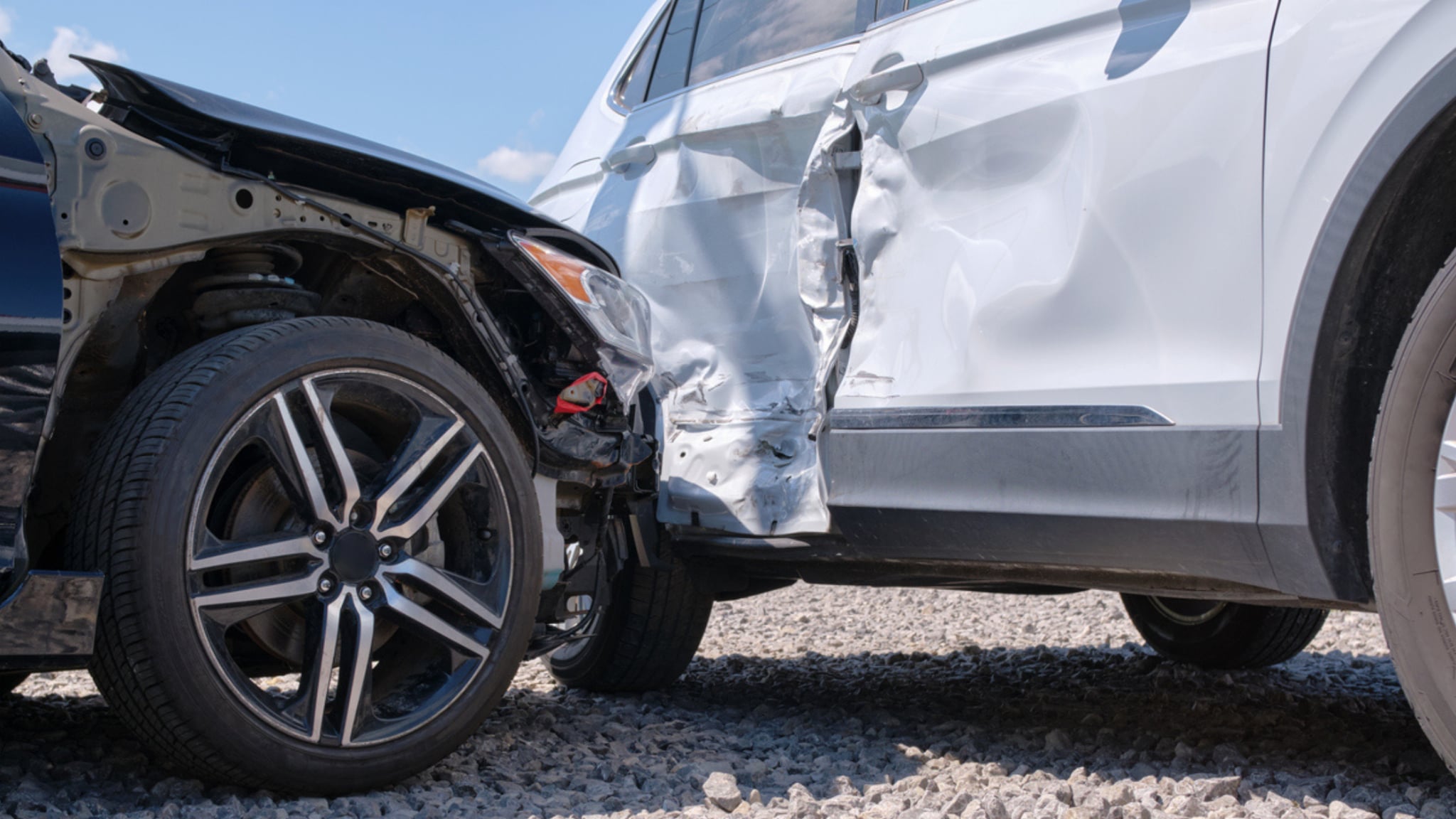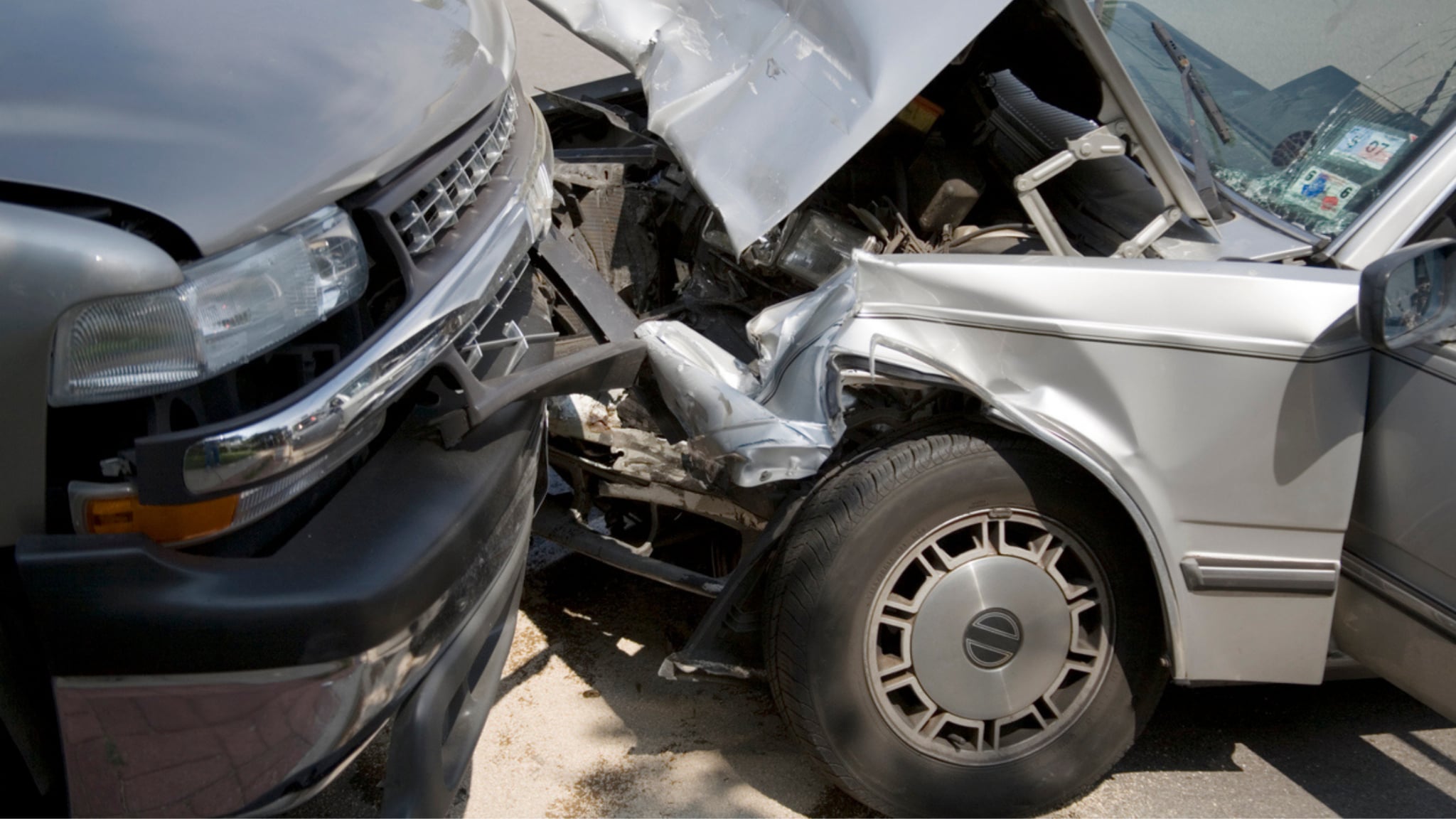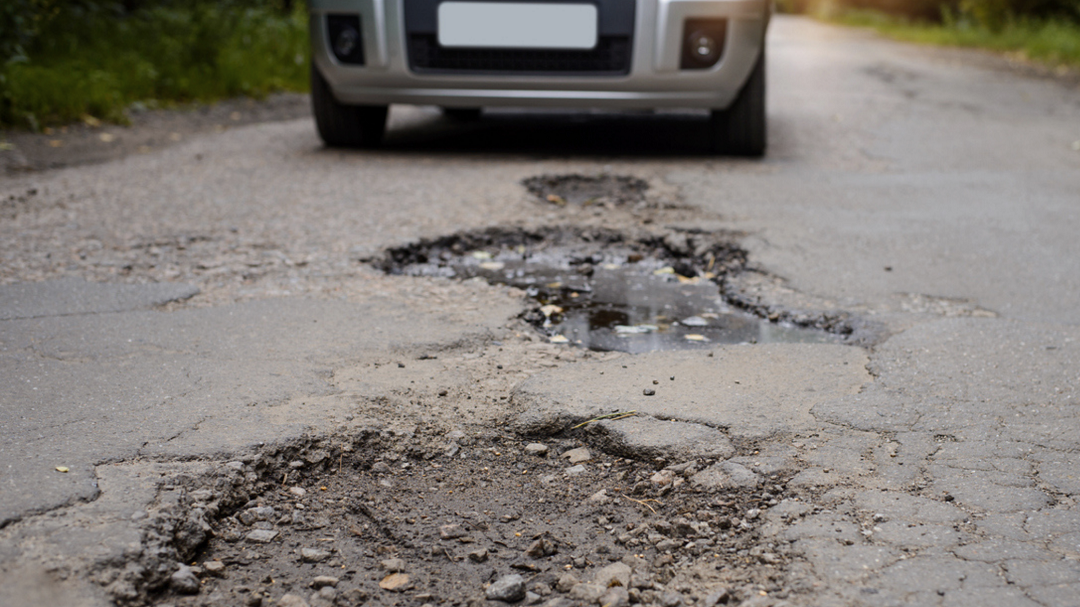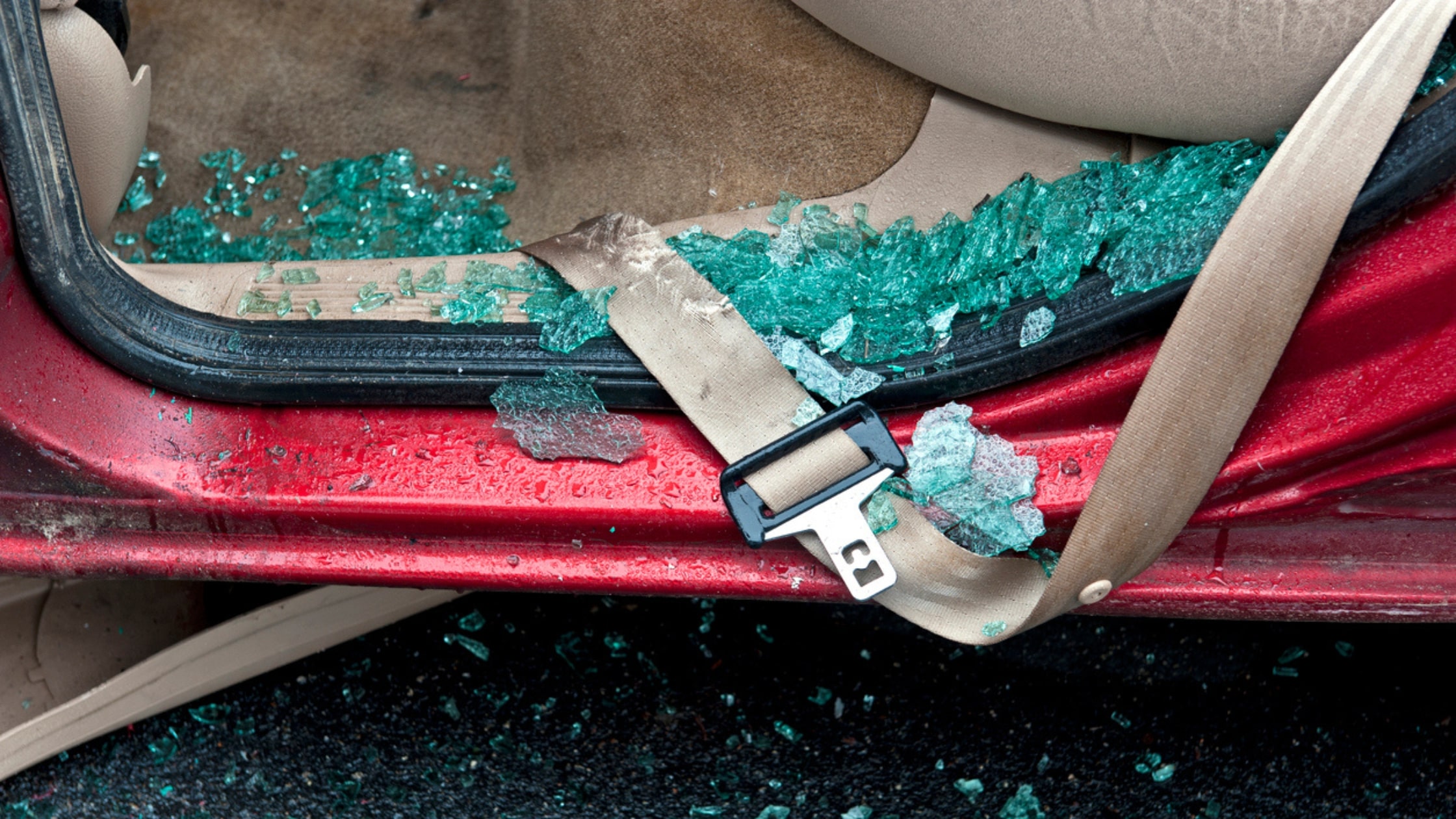Michigan Buckles Down on Child Car Seat Safety: Here’s How State Laws Affect You and Your Children

Why Are Car Seats Mandatory?
Years ago, legislators realized that child car seats save the lives of countless children and keep many more from suffering serious injuries. In fact, the Centers for Disease Control estimates that proper use of car seats reduces the risk of injuries to children by more than 70 percent compared to kids who are wearing only seat belts. And, of course, children who are completely unbuckled are far more likely to be injured or killed in a car accident. How big is the problem? In 2019, (the latest year for which complete, nationwide statistics are available), nearly 800 kids riding in cars died in accidents, while around 180,000 were injured. Without car seat laws, which are now on the books in all 50 states, both of those numbers would have undoubtedly been much higher.Where Should I Install the Car Seat?
Always place your child’s car seat in the back seat of your vehicle (unless there is no back seat). While there’s no strong data one way or the other, anecdotal evidence suggests that putting the car seat in the middle of the back, or even directly behind the driver, may be slightly safer than placing it in the passenger side of the car. That could stem from the longstanding belief that the passenger side of a vehicle is generally less safe than the driver’s side. In fact, the front, passenger seating position has sometimes been called the “suicide seat” because it was believed that drivers were less likely to see, and thus less able to avoid, oncoming cars from the passenger side. According to the Mayo Clinic and other confirming sources, the ideal place to install a child car seat is in the middle of the backseat, though it could make reaching and buckling your child a bit less convenient. Another reason to put kids in the rear seat versus the front comes from an NHTSA study cited by the National Institute of Health, which concluded that passenger airbags permit adults to occupy front seats more safely. In turn, this allows parents to put kids in the safer back seat location without compromising the safety of front seat passengers. If, for whatever reason, you must have a child in the front seat, be sure to consider the American Academy of Pediatrics’ advice about the possibility of deactivating your vehicle’s front passenger airbag. Michigan law also requires the front passenger airbag to be turned off if you must use a rear-facing child seat there.How Do I Properly Install a Child Car Seat?
Car seat manufacturers follow strict engineering and safety protocols when designing and testing their products. They know how to best install their products to ensure maximum safety. So, carefully follow the directions that came with your child’s car seat. If you’ve received a second-hand car seat, it may have a label with installation instructions. If not, visit the manufacturer’s website to find the user manual for your specific car seat model. The National Highway Traffic Safety Administration also provides detailed instructions on choosing and installing car seats, along with an interactive car seat selection tool. They even provide a directory of places where you can have your car seat inspected for safe and proper installation by trained technicians at no cost. In addition, Michigan’s Office of Highway Safety Planning has published a guide listing how to avoid some common errors in car seat installation. One more thing to know is that, since 2002, most passenger vehicles in the United States have been manufactured with the “Lower Anchors and Tethers for Children” system (better known as the LATCH system). This system includes metal anchors to which your car seat can be (more or less) easily clipped. Check your car’s owner manual for details on placement of the anchors which are usually near the bottom of the rear seat and sometimes indicated by “buttons” on the seat cushion to help you locate them. it’s important to note the NHTSA reports the LATCH system is designed to accommodate a maximum weight capacity of 65 pounds. Because some car seats can approach 20 pounds even when empty, experts generally suggest that it’s preferable to secure car seats using the vehicle’s regular seat belts once a child exceeds 45 pounds.Which Direction Should My Child’s Car Seat Face?
The answer to that question depends upon your child’s age. Guidance published by the University of Michigan states that infants up to a year old and 20 pounds should be in rear-facing car seats which help prevent babies from being violently thrown forward in a head-on collision. Other experts recommend the continued use of rear-facing car seats for toddlers up to ages 2 or 3 years old. Once your child outgrows a rear-facing car seat, you can switch to a front-facing seat, which usually has a five-point harness that offers secure restraint at the shoulders, hips, and between the legs. Older children from 4 years old up to age 8 can use either NHTSA-recommended car seats or booster seats.How Long Must My Child Continue to Use a Car Seat?
In Michigan, kids up to age 4 are legally required to be restrained in car seats in the rear seat of your vehicle. Furthermore, children up to age 8 must still use child safety car seats or booster seats. In general, experts recommend that children who are age 8 and older, and who are at least 4 ft. 9 in. tall, can begin to use your car’s regular seat belts. If that sounds extreme, consider that the United Kingdom mandates children must remain in car seats until age 12 or they reach 135 cm (around 4½ feet tall). While not required by state law, The University of Michigan health library cites the NHTSA in recommending that no child be permitted to sit in the front seat of a car until age 13. Here in the United States, the Centers for Disease control has developed a timeline fact sheet outlining proper car seat styles to use based on your child’s age.
When Does My Child’s Car Seat “Expire” and Need to Be Replaced?
Like that mysterious carton of cottage cheese lurking in the back of your refrigerator, you might imagine a car seat can last forever. But both do have expiration dates. In fact, car seats are usually stamped with their dates of manufacture, and some also indicate when they should stop being used. Why? It’s a matter of technology continually improving, and plastics continually degrading. A Washington Post article discusses this in some detail, noting that the wide range of temperatures and other conditions a car seat experiences in your vehicle can ultimately result in its failure. And, of course, engineers and crash test experts are continually working to make car seats safer and more effective (not to mention adding features like cupholders!). In general, regardless of their apparent condition, experts recommend that car seats should be replaced and recycled when they are more than six years old. For the last several years, and most recently this past September, Target has offered a car seat recycling program at many of its stores.Is it Safe for Kids to Wear Coats in Their Car Seats?
Three simple words: Take. It. Off. At least that’s what the American Academy of Pediatrics recommends. Because, as this terrifying crash test video shows, a bulky winter coat can make it possible for your child to be thrown headfirst from the car seat in the event of a collision. That’s because the coat can prevent car seat straps from remaining snug in place around your child’s shoulders. Of course, that presents other nagging issues, such as shivering kids. Consumer Reports magazine offers a possible hack to keep your kids both safe and warm: have your children put on their coats backward over their arms once they are safely positioned in their car seats. For smaller kids, have a blanket handy, and tuck your kids into their car seats with the blanket over the straps. It’ll be comfy cozy and maybe even a bit fun, at least until the novelty wears off or warmer weather arrives (whichever comes first).What Happens if My Child Isn’t in a Child Restraint When I’m Pulled Over?
To paraphrase the iconic sheriff in a classic Dodge Challenger TV commercial, you could find yourself in a “heap of trouble.” Michigan law specifies that fines for not having children in car seats begin at $65 per incident — and you should also know that autoinsurance.org reports your car insurance rates can be affected if you’re cited for such safety offenses. But why would you want to take chances with your kids’ safety anyway? Car seats are not all that expensive, and low-income Michigan families are eligible for free car seats through a Michigan State Police program.Finally, Keep Kids Safer by Staying Safe Yourself
We hope this information will convince you to keep your kids safely buckled in their car seats whenever you’re on the road. And please allow us to take a moment to urge you to buckle up for your own safety as well. We probably don’t need to remind you, but not wearing a seat belt while driving is also illegal in Michigan. So, remember to set a good example for your kids and click it (or ticket!) because your seat belt can save your life if you ever become involved in a car or truck accident. Of course, if that unfortunate circumstance ever does happen to you, we also have another piece of advice: contact us here or dial 855-MIKE-WINS (855-645-3946). Our team of team of top-rated personal injury lawyers at the Mike Morse Injury Law Firm are here to help accident victims get the settlements they need to recover from their injuries and resume their lives. In the meantime, buckle up and drive safely!Content checked by Mike Morse, personal injury attorney with Mike Morse Injury Law Firm. Mike Morse is the founder of Mike Morse Law Firm, the largest personal injury law firm in Michigan. Since being founded in 1995, Mike Morse Law Firm has grown to over 250 employees, served 100,000 clients, and collected more than $2 billion for victims of auto, truck and motorcycle accidents. The main office is in Southfield, MI but you can also find us in Detroit, Sterling Heights and many other locations.






















